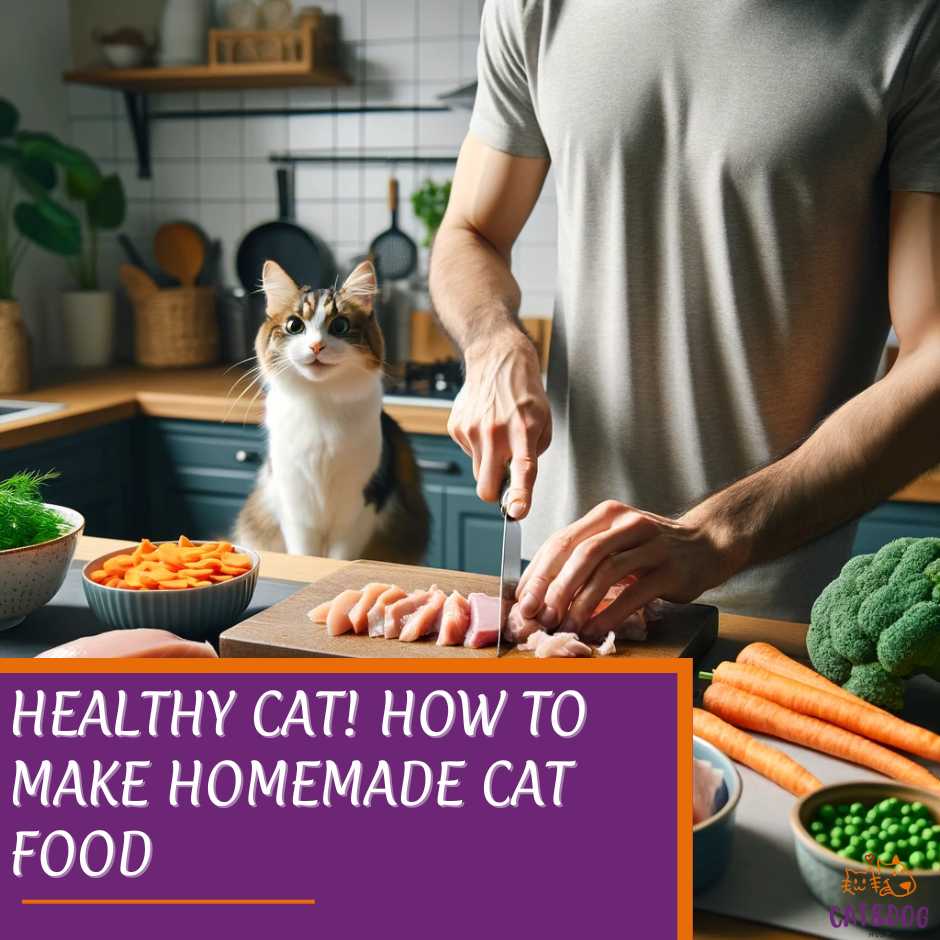Ever wondered whether that store-bought cat food is the best diet you can offer to your feline friend? You’re not alone.
There’s a growing number of cat owners opting to whip up their pets’ meals at home, considering their cat’s needs.
Making your cat food at home is an option if you want to have total control over what goes into your cat’s diet.
It’s also helpful if your cat has severe food allergies or specific nutritional needs, such as health problems, that you’re having a hard time accommodating with commercial diets.
A recent survey shows a significant surge in the interest in homemade cat diets, with health benefits often touted as a prime motivator.
But with every benefit like tailor-made nutrition, there’s a trade-off to consider—time, effort, and ensuring a balanced diet for their beloved pets.
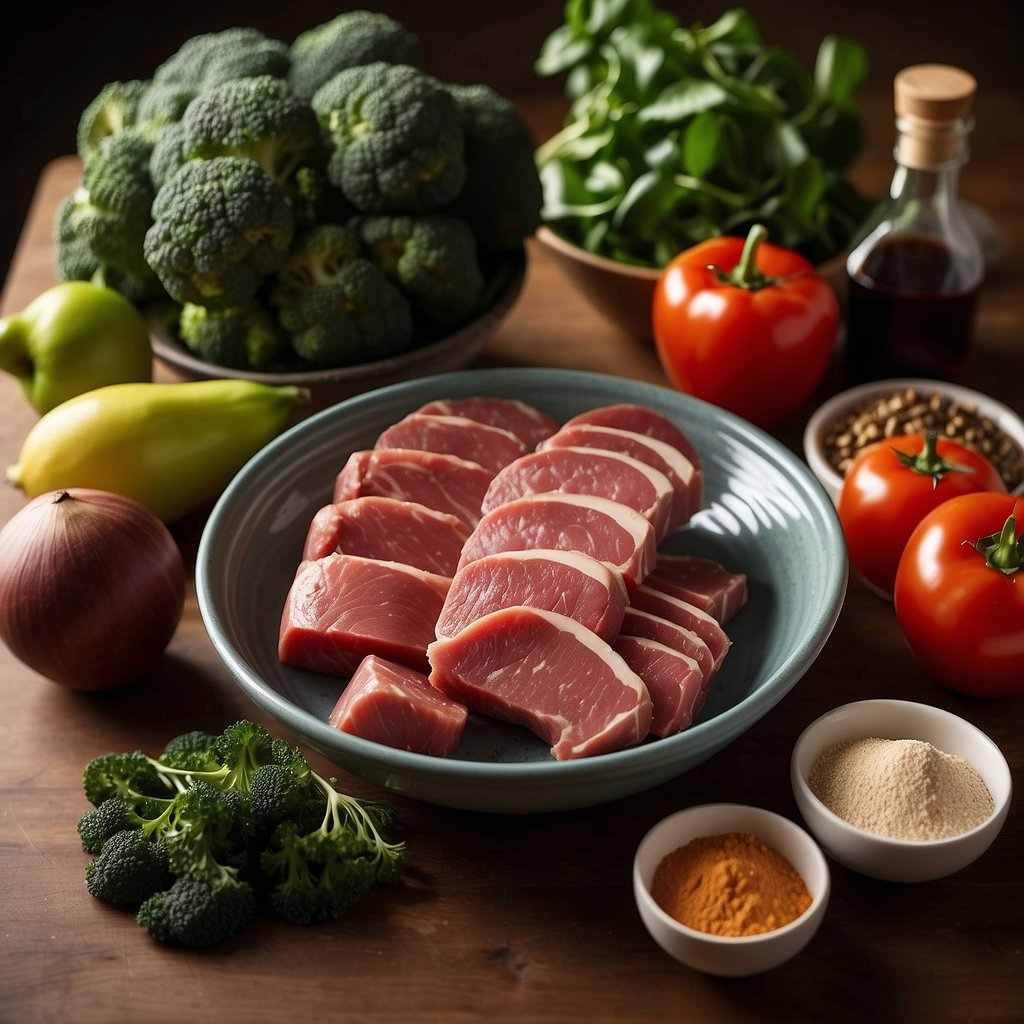
Sure, pouring kibble into a bowl is convenient, but does it offer everything your kitty needs for a vibrant, healthy urinary tract?
Veterinary studies recommend a careful approach as homemade cat food requires a keen eye for nutritional balance.
That’s why you’re here, right?
You want to ensure your whiskered companion thrives on meals crafted with love and backed by science.
Our comprehensive guide is set to walk you through everything from detailed recipes to the nitty-gritty of nutrients, not to mention the best ways to handle a diet transition for a picky eater.
Calcium can be obtained from a bone meal supplement, ensuring that your homemade cat’s food diet provides the necessary nutrients for your feline friend’s well-being.
The Feline Nutrition Foundation recommends using 3 grams of eggshell powder per pound of meat in homemade cat food recipes.
Key Takeaways
- Homemade cat food can offer health benefits but requires a careful balance of nutrients.
- Tailoring food for specific health issues can better support your cat’s well-being.
- Transitioning to homemade food should be approached with patience and knowledge.
A Complete Guide How to Make Homemade Cat Food
Ever wondered how to whip up a delightful meal for your kitty using ingredients from your pantry? Let’s start with something simple, shall we?
Basic Chicken and Rice Dish:
- Ingredients:
- 1 cup cooked chicken (shredded)
- 1/4 cup cooked rice
- 1/4 cup steamed carrots (mashed)
- Chicken broth
- Instructions:
- Mix the cooked chicken and rice in a bowl.
- Incorporate the mashed carrots for a veggie boost.
- Add enough chicken broth to make the mixture moist, but not soupy.
- Let it cool, and serve to your purring pal!
Simple enough, right? Now let’s turn it up a notch.
Advanced Fish and Taurine Delight:
Cats need taurine, an essential amino acid. Let’s make sure they’re not missing out.
- Ingredients:
- 1 cup salmon or mackerel (cooked and deboned)
- 1 tablespoon cooked egg yolk
- 1/2 cup quinoa (cooked)
- Fish oil supplement
- Taurine supplement (as directed by vet)
- Instructions:
- Flake the fish into a bowl, checking for bones.
- Mix in the egg yolk and quinoa evenly.
- Stir in a capsule of fish oil and sprinkle the right dose of taurine supplement.
- Combine thoroughly, serve at room temperature, and watch your cat enjoy a meal that’s both delicious and nutritious!
Remember, you’re the chef and the health inspector here, so quality control is in your hands. Always prioritize your cat’s health and consult with your vet before making changes to their diet.
Your little gourmet will thank you for the effort, and the whisker-licking goodness!
Nutritional Information and Analysis
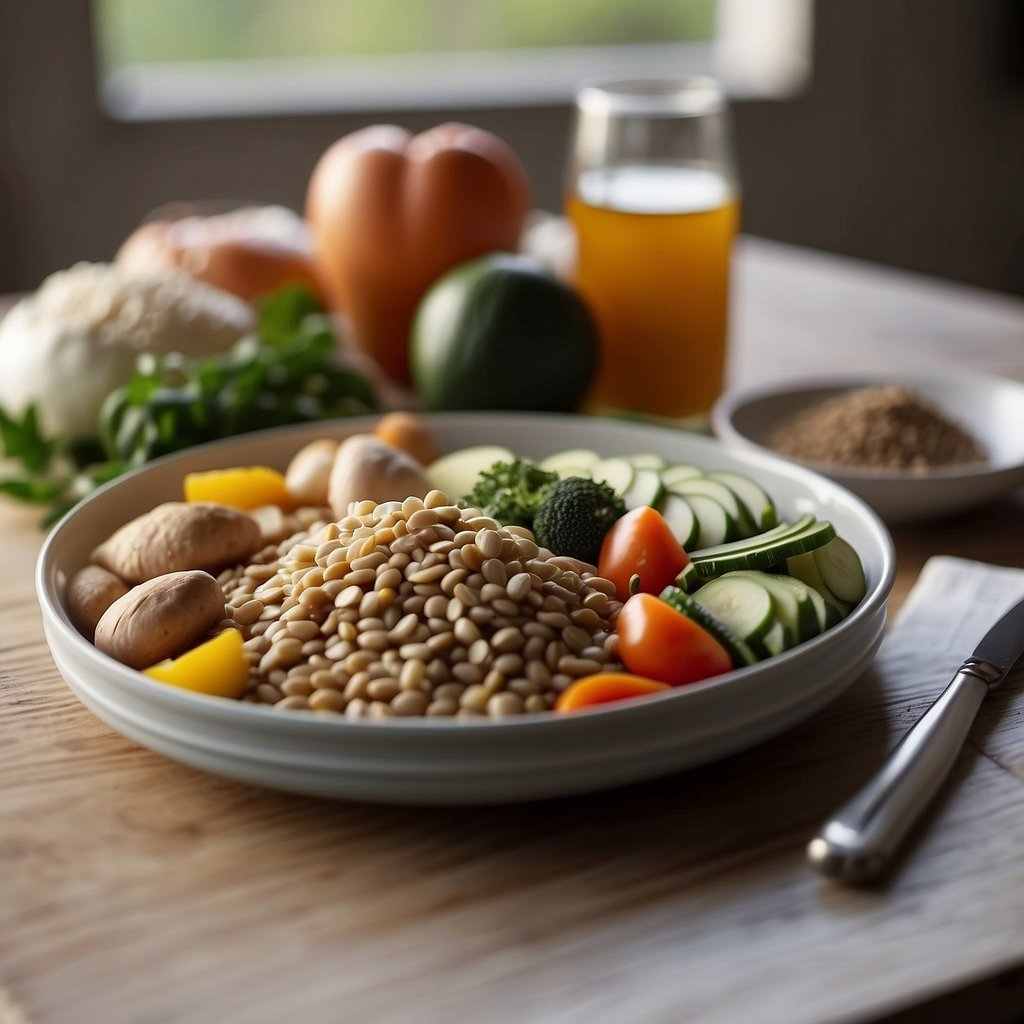
Hey there! If you’re ready to jump into making your cat food, it’s super important to get the nutrition right. Why? Your feline friend has some pretty specific dietary needs.
Essential Nutrients: Cats are obligate carnivores, which means they rely heavily on nutrients found in animal products. Essential nutrients for your cat include:
- Protein: The star of the show. This comes from meats like chicken, beef, and fish. Aim for high-quality, lean proteins to maintain their muscle health. (1)
- Amino Acids: Taurine and arginine are critical, and they’re abundant in meat – so don’t skimp on this. (2)
- Fatty Acids: Think omega-3 and omega-6, which are found in fish oils and flaxseeds, for a silky coat and sharp mind. (3)
- Vitamins: Vitamins A, D, E, and K are vital, along with B-complex vitamins. (4)
- Minerals: Calcium, phosphorus, and magnesium all play important roles. It’s a delicate balance, though – too much or too little can be harmful. (5)
Now, let’s talk about homemade recipes:
| Recipe Name | Protein | Fat | Carbs | Taurine | Calories |
| Chicken & Rice | High | Low | Low | Added | Moderate |
| Fish Delight | High | Mod | Low | Natural | High |
These examples show that chicken is a great protein source, while fish not only provides protein but also essential fatty acids and natural taurine. (6)
However, it’s key to remember a cat’s diet doesn’t naturally include many carbs, so rice should be minimal or absent.
Protein, vitamins, and animal protein—are we having fun yet? Seriously though, meeting these nutritional needs isn’t just good for your cat, it’s a must for a happy, healthy life. (7)
So, grab that chicken, and remember, a little organ meat goes a long way for that vitamin A and taurine your kitty needs. (8)
Happy cooking! Vitamin E is another essential nutrient that plays a crucial role in your cat’s health.
Vitamin D is also important for your cat’s overall well-being, as it plays a vital part in the normal functioning of the muscles, nerves, and bones. It is essential for the absorption of potassium.
However, it is important to note that vitamin D should not be consumed in excess by your cat, as it can result in poisoning.
In addition to these vitamins, it is also important to include vitamin B in your cat’s diet. Vitamin B is a crucial nutrient that supports various bodily functions and helps maintain overall health.
Customizing Food for Health Issues
When your furry friend has special dietary needs due to health issues, choosing the right ingredients for cat food becomes even more crucial, doesn’t it?
It’s like being a kitty chef with a very particular patron. Let’s tackle this together, step by step, shall we?
Allergies: Some cats can be as picky about their food as they are about their favorite napping spot. If your cat has allergies, you’ll want to avoid common allergens like dairy or beef.
A hypoallergenic recipe could feature novel proteins, like duck or venison, and be free of corn, wheat, and soy.
Remember, you’re aiming for a contented purr, not sneezes!
Side note: Of course, there are other factors to consider when customizing food for your cat’s health issues, such as specific dietary requirements or sensitivities.
For example:
| Ingredient | Measurement | Notes |
| Duck meat | 200g | Novel protein, cooked well |
| Pea flour | 50g | Gluten-free carbohydrate |
| Olive oil | 1 tbsp | Healthy fat |
| Pureed pumpkin | 2 tbsp | Fiber source |
Kidney Disease: Kidney troubles? No worries, you’ve got this! Reducing phosphorus and ensuring proper hydration are key.
Fresh, high-quality proteins in moderate amounts, alongside non-phosphorus binders, can make your cat’s meals both tasty and therapeutic.
For hydration boost: Use wet ingredients or add water to the recipe since we’re aiming for a well-hydrated sidekick.
Bonus tip: Does your cat turn up their nose at plain water? Try adding a bit of chicken broth to pique their interest.
Vet Consultation Is Vital: Customizing your cat’s diet can be the only way to address their health issues and avoid nutritional deficiencies, but always consult with a vet before switching things up.
They can provide guidance and ensure you’re not missing any crucial nutrients. They’re like the cat diet detectives, ensuring your fluffy detective is on the case and in top shape.
The only way to keep your wild cat healthy and avoid nutritional deficiencies is to feed him the type of diet his body can process and utilize properly.
A good chat with your vet could answer questions like, “How much taurine does Mr. Whiskers need if he’s got heart issues?”
Never underestimate the power of expert advice; it’s like having a cat whisperer on speed dial.
Intrigued about putting this into practice?
Ready to whip up feline feasts that not only tickle those whiskers but also tick all the health boxes?
Keep on reading, as we have plenty more to share about homemade cat cuisine, including a nutritious raw cat food recipe. After all, you’re not just a pet owner; you’re a nutrition ninja in disguise!
Practical Considerations in Homemade Cat Food
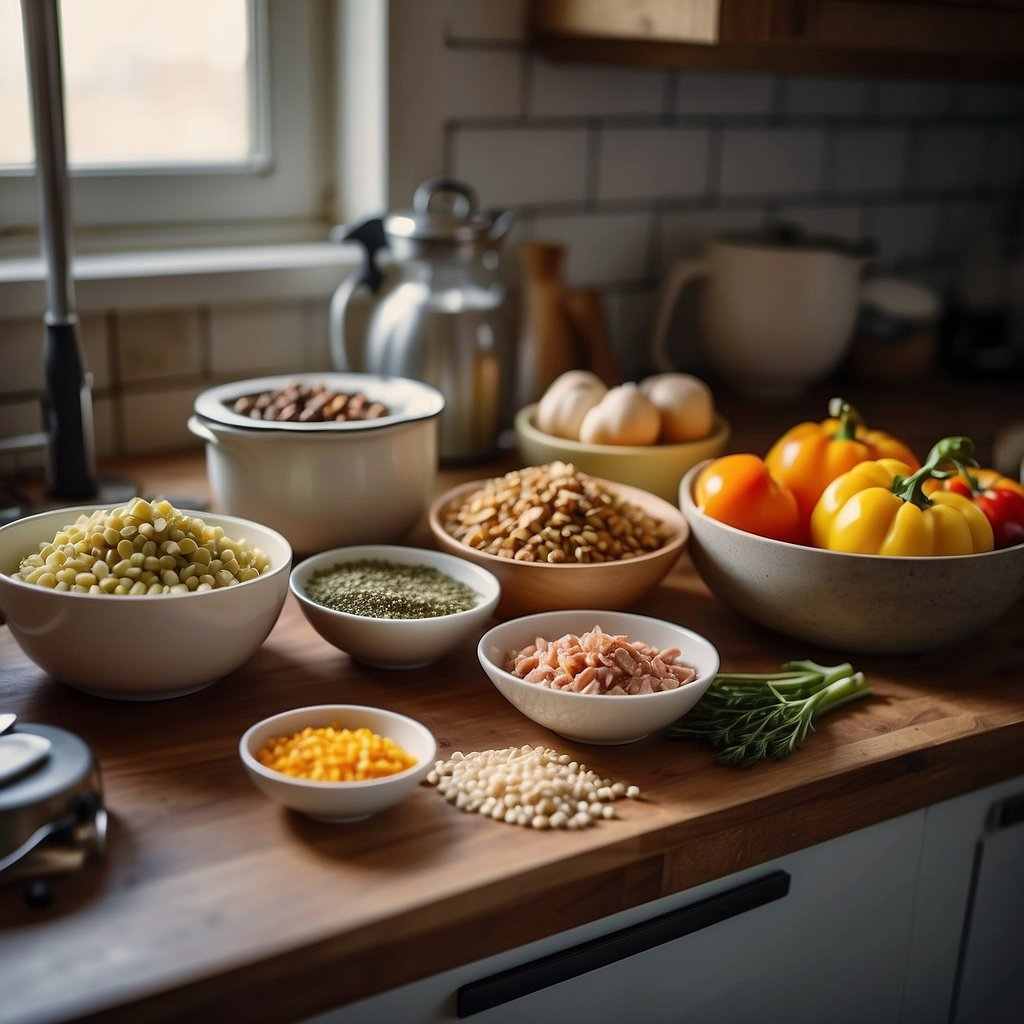
Are you considering leaping into making your cat’s food at home?
Homemade cat food can be a health-conscious choice for your feline friend, especially if they have dietary restrictions or allergies.
But before you swap store-bought for handcrafted meals, let’s talk brass tacks—specifically, cost and effort.
Cost Analysis
Curious about how your wallet will feel the change? Let’s break it down:
| Item | Homemade (approximate cost) | Commercial (average cost) |
| Chicken thighs (5 lbs) | $10 | Not applicable |
| Chicken liver (7 oz) | $2 | Not applicable |
| Chicken heart (14 oz) | $3 | Not applicable |
| Bottled spring water | $1 | Not applicable |
| Total Cost | $16 | $20 (for premium food) |
While commercial cat food can be handy, homemade meals can be more cost-effective, especially if you buy ingredients in bulk. Plus, you know exactly what’s going into your kitty’s dinner!
Time and Effort
Now, let’s talk about time commitment. Prepping cat food can sound daunting, but it doesn’t have to eat up your schedule! Here’s a tip: cooking in bulk can be a major timesaver.
Just ask Sam, a seasoned homemade cat food chef, who sets aside one Sunday a month to cook and freeze a month’s worth of meals for their two cats.
A single cooking session can yield enough food to last, meaning fewer kitchen messes and less daily hassle.
This is especially true when preparing food using ground meat, such as raw meat or dog food, as it can be easily incorporated into various recipes.
Some people freeze the pumpkin in ice cube trays for convenience. After deboning the thighs, run the meat and skin through a food processor or grinder.
Remember, your feline friend depends on you for their nutritional needs. A well-balanced diet is crucial, so thorough research or consultation with a veterinarian is essential when switching to homemade food.
Safe handling and proper storage are also key to keeping your concoctions fresh and your cat healthy. So, ready to don those chef’s hats and make mealtime both fun and beneficial for your cat’s nutritional value?
The most important fact to remember when cooking healthy homemade cat food is that cats are carnivores.
Raw or cooked meat, the main ingredient in a homemade cat food diet, is essential for meeting their protein-based dietary needs.
Cats are natural hunters, and their bodies rely heavily on meat consumption. The raw DIY homemade cat food diet is generally minimal and free from added fillers.
However, the best-known benefit of a raw food diet for your cat is that raw food retains essential nutrients that often get removed during cooking.
Transitioning Your Cat to a Homemade Diet
Switching your cat’s diet can be like convincing a stubborn friend to try a new restaurant – a bit tricky, but well worth the effort when they finally take a bite and love it! Here’s your step-by-step guide:
- Start Small: Like dipping your toes before a swim, begin with a small portion of homemade food mixed into their usual kibble.
- Day 1-3:
- 75% Commercial Food
- 25% Homemade Food
- Increase Gradually: If your cat gives a head nod to the new flavor, increase the homemade portion bit by bit.
- Day 4-6:
- 50% Commercial Food
- 50% Homemade Food
- Monitor and Adjust: Keep an eye out for any signs of discomfort or a sudden change in their bathroom habits. Poke around with your vet if something seems off.
- Full Transition: Once your cat is purring at meal times, it’s safe to make the full switch.
- Day 7+:
- 0% Commercial Food
- 100% Homemade Food
Remember, cats are creatures of habit. Any sudden change can cause a feline uprising. But take it slow, and they should be asking for seconds in no time.
Example: Oliver, a charming tabby, had been on dry food for years. His human started mixing in a bit of homemade chicken and rice, and within a week, Oliver was relishing his new homemade diet without a hitch.
Keep an eye out for:
- Energy levels
- Coat health
- Weight changes
- Digestion
Tip: Always ensure a balanced diet – protein, fat, and carbohydrates are the cat’s pajamas for your furry friend’s nutrition. Reach out to a vet or a pet nutritionist if tail-spinning in nutritional doubt.
And there you have it – you’re now the sous-chef of your cat’s dreams! Transitioning to a homemade diet can sound like a whisker-twister, but with patience and careful monitoring, you’ll whisker away to success.
Quick Recap
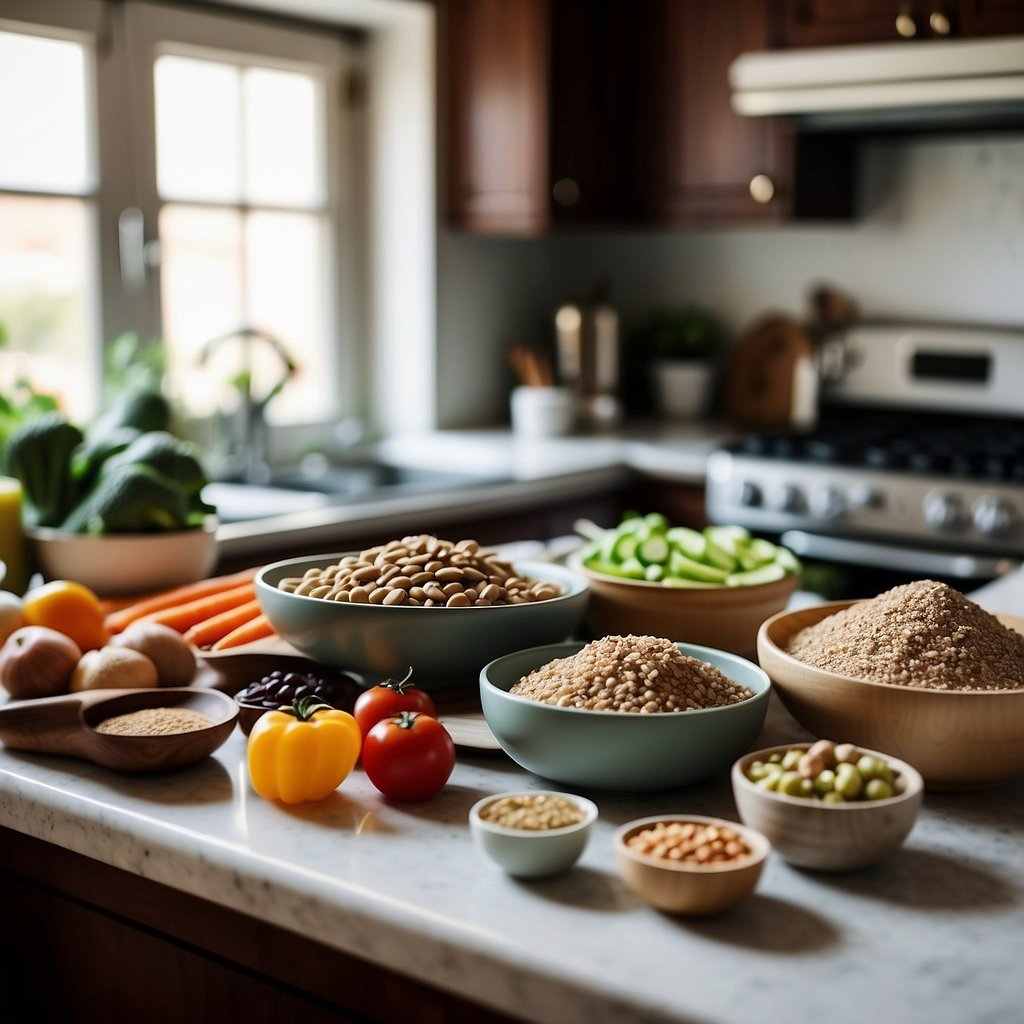
Making homemade cat food can lead to a beaming smile on your cat’s face and a boost to their overall health.
Embracing the creation of your furry friend’s meals allows for control over ingredients, ensuring a balanced diet.
It’s essential, however, always to remember that your cat’s nutritional requirements are unique and complex.
- Protein is King: Cats are obligate carnivores, meaning they thrive on meat. Ensure their diet is rich in high-quality proteins.
- Raw or Cooked?: Considering a raw diet? This can be a source of lively debate. If you’re intrigued, consult with a veterinary nutritionist to discuss the pros and cons.
- Balancing Act: Homemade cat food needs the right mix of protein, fats, and vitamins. Work closely with a nutritionist to hit those targets.
While homemade cat food can be cheaper in the long run, don’t cut corners on quality. Your cat deserves the best, and sometimes that might mean splurging on premium ingredients.
Remember, the transition to homemade food isn’t always a catwalk. It should be gradual and under the guidance of a professional.
If homemade cat food makes you a bit nervous, well, you’re not alone. Dr. Karen Becker, a proactive and integrative wellness veterinarian, emphasizes the importance of a nourishing diet tailored to your pet’s needs.
Lastly, keep learning and be open to adjusting your recipes as you get more seasoned in the kitchen. Your cat’s health is worth that extra effort—after all, aren’t they part of the family?
Keep these points in mind, and you’re on your way to seeing a happier, healthier cat prowling your home.
Frequently Asked Questions
What are the benefits of making cat food at home, and how can I start?
You’ll have full control over what your cat eats, potentially reducing the risk of allergies and obesity.
To start, research cat nutrition requirements, select high-quality ingredients, and consider consulting a vet for a tailored recipe.
How do I ensure the homemade food is allergy-friendly?
Identify any known allergens for your cat. Use hypoallergenic proteins like rabbit or duck, and select simple, limited ingredients to minimize the risk of allergies.
Always introduce new foods gradually.
What are the essential supplements needed for balanced homemade cat food?
Balanced homemade cat food must include taurine, essential fatty acids, vitamins, and minerals.
Use vet-recommended supplements to ensure your cat’s diet meets their nutritional needs.
How do I create a homemade cat food recipe that’s perfect for a cat with a sensitive stomach?
Stick to easy-to-digest ingredients like boiled chicken or turkey and plain pumpkin or squash.
Avoid dairy, grains, or artificial additives, and introduce new foods slowly to prevent stomach upset.
What’s a simple and affordable recipe for making nutritious homemade wet cat food?
A basic wet cat food recipe includes cooked or pureed chicken, peas, and carrots, mixed with broth.
This gives moisture and nutrition, and you can adjust portions based on your cat’s weight and activity level.
In homemade cat food preparation, what are the top three ingredients that should always be included?
Your list should always have a high-quality protein source, like chicken or turkey, essential fatty acids from fish oil or flaxseed, and a balanced mix of vitamins and minerals.
Can I mix homemade food with commercial cat food?
Yes, you can mix homemade and commercial foods to provide variety and ensure nutritional balance.
Monitor your cat’s response and adjust the ratios according to their health status and preferences.
- Online Gambling Establishments Accepting Paypal: A Comprehensive Overview for Gamblers - July 26, 2025
- Leading Mobile Casino Sites: The Ultimate Overview for Online Gambling on the move - July 25, 2025
- Gambling Establishments That Approve PayPal: A Safe and Convenient Choice for Online Gaming - July 25, 2025

